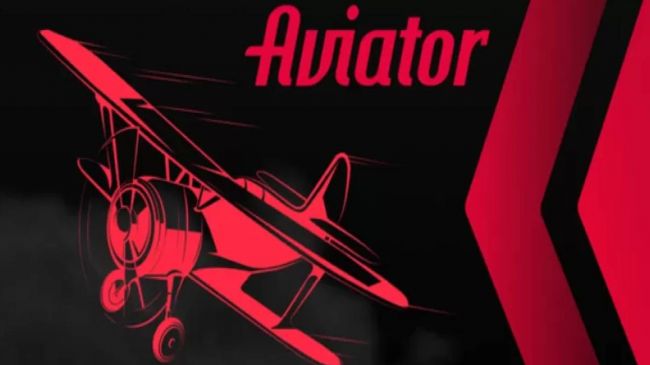On This Page
- Why traditional hiring keeps small teams stuck
- Custom samples: the fastest way to spot real talent
- Hire smart, not slow—with the TRY ME button
- Freelancers who act like team members
- Building a process that doesn’t break under pressure
- Giving feedback without micromanaging
- Keeping your talent warm, not distant
- Collaborate better, ship faster
- What this means for your business
- A final word from one marketer to another
We’ve all been there. You need a designer, writer, or developer—fast. You open a job board, post a listing, wait. The inbox fills up. Half the applicants ghost. The other half send recycled pitches with portfolios that don’t match your brief.
Suddenly, your “quick hire” turns into a 3-week bottleneck.
If you’re a small business trying to move fast, that hiring model just won’t cut it anymore.
Why traditional hiring keeps small teams stuck

Let’s call it what it is: traditional hiring is slow, noisy, and expensive.
- Sifting through vague résumés takes time.
- Freelancers who look great on paper often disappear when the real work begins.
- Agencies? Pricey, and rarely more flexible than an in-house team.
You’re not just looking for help—you’re looking for a collaborator who gets it, fits your style, and can deliver fast.
According to Forbes, even full-time recruiting pipelines are slowing down in 2024, leaving lean teams scrambling for alternatives.
That’s why the smartest small teams are shifting how they hire.
Custom samples: the fastest way to spot real talent
Forget the résumé. Forget the “10+ years experience” claim.
If you want to know what a freelancer can actually do, ask for a custom sample or a tailored plan.
That’s where Try Club changes everything.
Instead of generic portfolios, you get to:
- Browse real projects—written, designed, or built by the freelancer
- See how their work matches your industry, audience, or tone
- Ask for a quick plan, outline, or mock-up before you commit
Smart freelancers on Try Club don’t just say “I’ve done this before.”
They show how they’d do it for you.
Want a content writer? They’ll mock up three blog post titles and intros.
Need a developer? They’ll outline how they’d build your site in stages.
Looking for a brand designer? Expect mood boards and logo directions—upfront.
It also mirrors hiring data—Statista reports that skill verification remains one of the top challenges when recruiting developers. Samples solve that problem.
This isn’t a trick. It’s proof.
And it saves you from wasting time on people who talk better than they execute.
Hire smart, not slow—with the TRY ME button
Even when you find the right freelancer, the hiring process can still be clunky.
Back-and-forth emails.
Proposal downloads.
Calendar juggling.
Contracts that take longer than the actual work.
The best freelancers now skip all of that by using the TRY ME Button.
When you click it, you can:
- Instantly request a proposal
- Schedule a call
- Start a project
- Or just chat—right from their site
It turns hiring into something that feels like shopping.
Frictionless. Direct. No middlemen.
So instead of emailing four people to see who’s available, you just click TRY ME—and get moving.
For busy founders, marketers, and ops folks, that kind of speed is golden.
Freelancers who act like team members
The best freelancers don’t feel like outsiders.
They act like part of the team—even if they’re only around for two weeks.
Here’s how to spot them:
- They ask thoughtful questions, not just “When’s it due?”
- They share early drafts or concepts without being told
- They communicate updates before you ask
- They know how to “get in and get out” without disruption
These are people who make your day easier—not harder.
And when you find a few? Keep them close.
Building a process that doesn’t break under pressure
Every freelancer needs three things from you:
- Clear goals
- A quick way to get context
- A place to drop the work
That could be as simple as:
- A Notion doc with a brief
- A Loom explaining the project
- A shared Google Drive folder
Skip the week-long onboarding. Freelancers aren’t new employees.
They don’t need HR policies or a company handbook.
They need a clear problem, a deadline, and room to solve it.
Giving feedback without micromanaging
Freelancers want to get it right. But “make it better” doesn’t help them.
Here’s what does:
- Highlight what’s working before what’s missing
- Be specific (“Make this more concise” > “This isn’t working”)
- Set a deadline for revisions (and stick to it)
You don’t need to rewrite their work.
You just need to guide it.
Great freelancers will take it from there.
Keeping your talent warm, not distant
Hiring a freelancer should never be a one-time thing.
If they deliver? Build a relationship.
Keep them in the loop with occasional updates.
Ask if they’re available before you need them.
Refer them to someone else you trust (they’ll return the favor).
Freelancers work with dozens of clients. If you’re easy to work with, they’ll prioritize you when things get busy.
Your future hiring bottlenecks? Gone.
Collaborate better, ship faster
The playbook for working with freelancers today is simple:
- Start with proof, not promises
- Hire through tools that remove friction
- Set clear goals, not handbooks
- Give fast feedback, not drawn-out edits
- Keep your favorites close
When you work this way, you’ll be amazed at how much you can ship with a tiny team.
What this means for your business
You don’t need more full-time hires.
You don’t need a six-month roadmap.
You don’t need to settle for generic work.
You need a designer next week.
You need a pitch deck cleaned up in 48 hours.
You need someone who can jump in, contribute, and bounce when done.
That’s what freelancers bring.
And if you find them through tools like Try Club—with real samples, instant hiring, and clarity up front—you’ll wonder how you ever did it the old way.
For scaling founders, that agility translates directly into ROI. As FirmSuggest explains, maximizing returns often comes down to making smarter talent investments. Freelancers are exactly that.
A final word from one marketer to another
I’ve worked with freelancers for years. Some ghosted. Some surprised me. A few changed the game entirely.
Here’s what I know now: the difference isn’t talent.
It’s access.
If you find the right people, with the right process, they’ll deliver work that feels like your own team made it.
And if you use tools like Try Club and the TRY ME Button, you’ll spend less time searching—and more time shipping.
That’s not just strategy. That’s how small businesses scale.
— Joe Trewick
Digital marketer, SEO enthusiast, and all-around troublemaker
Post Comment
Be the first to post comment!





